Gold ocellatus - Lamprologus ocellatus
Scientific name: Lamprologus ocellatus
Common name: Gold ocellatus
Family: Cichlidae
Usual size in fish tanks: 5 - 6 cm (1.97 - 2.36 inch)
014
Recommended pH range: 8 - 8.9
Recommended water hardness: 9 - 19°N (160.71 - 339.29ppm)
0°C 32°F30°C 86°F
Recommended temperature range: 23 - 25 °C (73.4 - 77°F)
The way how these fish reproduce: Spawning
Where the species comes from: Africa
Temperament to its own species: peaceful
Temperament toward other fish species: peaceful
Usual place in the tank: Middle levels
Origin
The Gold Ocellatus (Lamprologus ocellatus) is native to the African waters of Lake Tanganyika, one of the largest and oldest freshwater lakes in the world. These cichlids occupy the rocky edges of the lake, spending much of their time on sandy substrate areas. In their natural habitat, they utilize empty snail shells scattered across the lakebed for shelter and breeding, a behavior that should be replicated in the aquarium.
Lifespan
With proper care, the Gold Ocellatus can live between 8-10 years in captivity. Ensuring a stable environment, high water quality, and a balanced diet is key to maximizing their lifespan and overall well-being.
Short Description
The Gold Ocellatus is a captivating cichlid species known for its territorial nature and unique behavior. Although not as vibrantly colored as some other cichlids, their pale gold body and subtle blue fin edging make them attractive additions to a freshwater aquarium. They typically grow to a modest size of 5-6 cm (1.97-2.36 inches), making them suitable for medium to large tanks. While generally peaceful, they can become highly aggressive when defending their chosen shells, especially during breeding periods. For this reason, they are best housed in tanks that provide ample hiding spaces and shells.
General Care Tips
Gold Ocellatus cichlids are relatively easy to care for, provided that their specific requirements are met. A minimum tank size of 60 cm (24 inches) in length and 30 cm (12 inches) in width is recommended for a small group consisting of one male and two females. For larger colonies, a proportionately larger tank is necessary to provide adequate space. Use a sandy substrate, as these fish will dig and rearrange their environment. Scatter plenty of empty snail shells across the substrate to allow each fish to select its preferred shelter. Coral sand can be used to help maintain the desired high pH level of 8.0-8.9.
Set up a rock structure at the back of the aquarium to provide hiding spots for tank mates while leaving the front open for swimming. Suitable tank mates should inhabit the rocky areas of the tank and include species such as Julidochromis. Due to their high waste production, invest in a robust filtration system rated for the tank size, and perform weekly water changes to maintain optimal water quality. The water temperature should be kept between 23-25°C (73.4-77°F) with a hardness level ranging from 9-19°N (160.71-339.29 ppm).
Food and Feeding
Gold Ocellatus are not particularly picky eaters and can be fed a diet of high-quality flake or small cichlid pellets. To keep them in optimal health, supplement their diet with live or frozen meaty foods such as chopped earthworms, bloodworms, or brine shrimp. Feeding a varied diet will help enhance their coloration and support their overall well-being. Offer food in small amounts 2-3 times daily to prevent overfeeding and maintain water quality.
Sexing
Sexing Gold Ocellatus is relatively straightforward. Mature males are larger than females and develop a gold edging on their fins, while females have white edges on their finnage. During breeding periods, males may display more vibrant coloration as they establish and defend their territory.
Breeding
Breeding Gold Ocellatus is quite manageable for aquarists if the right conditions are provided. A separate breeding tank with the same water parameters as the main tank is recommended to increase the chances of success. Add multiple empty snail shells to serve as spawning sites for the females. Introduce several females to one male in the breeding tank and condition them with a protein-rich diet of live or frozen foods.
The female will choose a shell and display to the male to indicate readiness for spawning. Upon the male's acceptance, she will deposit her eggs inside the shell, which the male then fertilizes. The female tends to the eggs, fanning them until they hatch in about 3-4 days. Once the fry are free-swimming, they can be fed newly hatched brine shrimp or microworms. As they grow, the fry can gradually transition to the same diet as the adult fish. It’s essential to maintain high water quality in the breeding tank to ensure the fry’s survival.
Conclusion
The Gold Ocellatus is a fascinating cichlid that, with proper care and tank setup, can thrive in a home aquarium. By providing a sandy substrate, an abundance of shells, and stable water conditions, you can observe their natural territorial behaviors and possibly breed them. Despite their relatively simple appearance, these fish bring a unique charm and dynamic presence to a well-planned cichlid community.
Picture
Bought by aqua-fish.net from jjphoto.dk
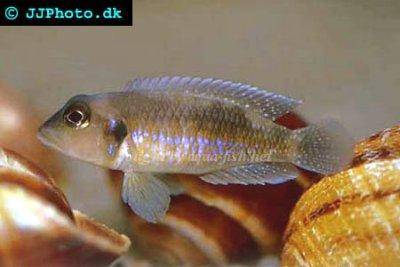

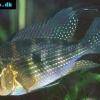 Thread-finned
Thread-finned 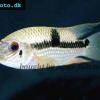 Acara
Acara 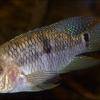 Yellow
Yellow 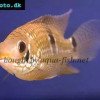 Patrick's
Patrick's 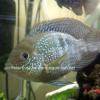 Blue
Blue 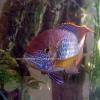 Green
Green 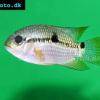 Acara
Acara 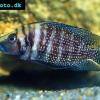 White
White 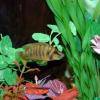 Compressed
Compressed 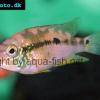 Pastel
Pastel 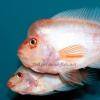 Midas
Midas 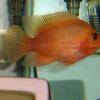 Red
Red 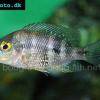 Bluemouth
Bluemouth 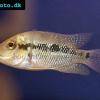 False
False 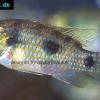 African
African 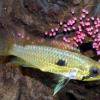 Agassiz's
Agassiz's 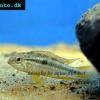 Banded
Banded 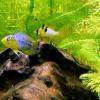 Yellow
Yellow 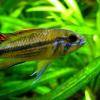 Cockatoo
Cockatoo 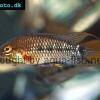 Blue
Blue 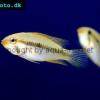 Blackstripe
Blackstripe 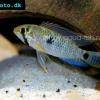 Highfin
Highfin 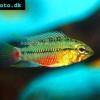 Redstripe
Redstripe 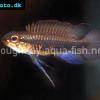 Threadfinned
Threadfinned 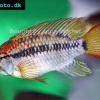 Macmaster’s
Macmaster’s 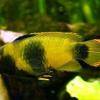 Panda
Panda 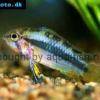 Norbert’s
Norbert’s 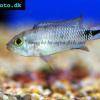 Blue
Blue 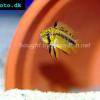 Thin-line
Thin-line 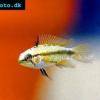 Three-striped
Three-striped 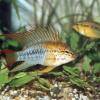 Viejita
Viejita 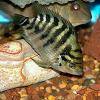 Flier
Flier 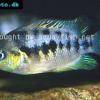 Archocentrus
Archocentrus 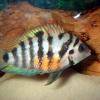 Convict
Convict 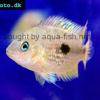 Seven
Seven 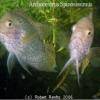 Spiny
Spiny 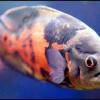 Oscar
Oscar 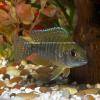 Sunshine
Sunshine 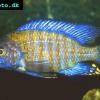 Chitande
Chitande 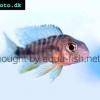 Firebird
Firebird 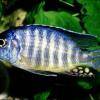 Midnight
Midnight 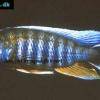 Lake
Lake 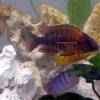 Sunshine
Sunshine 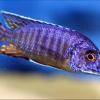 Aulonocara
Aulonocara 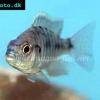 Nyasa
Nyasa 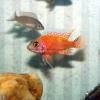 Ruby
Ruby 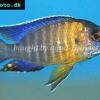 Grants
Grants 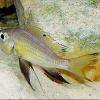 Aulonocranus
Aulonocranus 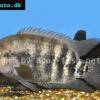 Chameleon
Chameleon 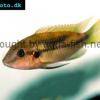 Benitochromis
Benitochromis 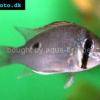 Orinoco
Orinoco 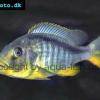 Yellow
Yellow 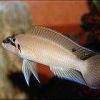 Brichard’s
Brichard’s 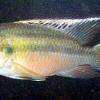 Guenther’s
Guenther’s 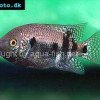 Southern
Southern 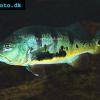 Cichla
Cichla 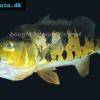 Peacock
Peacock 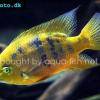 Chiseltooth
Chiseltooth 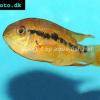 Bolivian
Bolivian 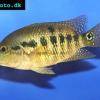 Red
Red 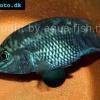 Many-pointed
Many-pointed 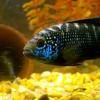 Jack
Jack 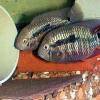 Red
Red 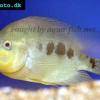 Three
Three 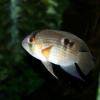 Keyhole
Keyhole 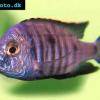 Azureus
Azureus 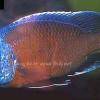 Red
Red 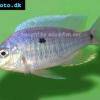 Jackson’s
Jackson’s 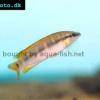 Crenicichla
Crenicichla 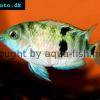 Honduran
Honduran 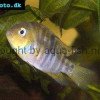 Blue-eye
Blue-eye 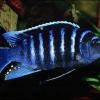 Afra
Afra 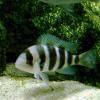 Frontosa
Frontosa 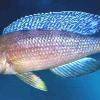 Slender
Slender 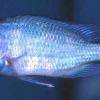 Malawi
Malawi 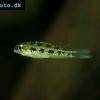 Chequerboard
Chequerboard 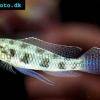 Checkerboard
Checkerboard 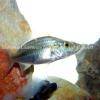 Malawi
Malawi 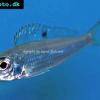 Ectodus
Ectodus 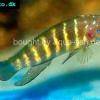 Tanganyika
Tanganyika 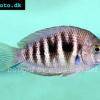 Canara
Canara 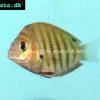 Green
Green 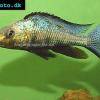 Rostratus
Rostratus 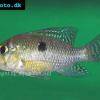 Pearl
Pearl 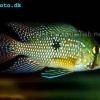 Geophagus
Geophagus 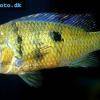 Yellowhump
Yellowhump 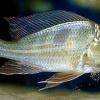 Suriname
Suriname 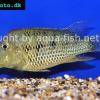 Redhump
Redhump 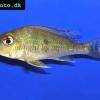 Red
Red 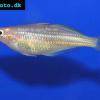 Dority’s
Dority’s 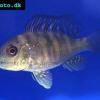 Argentine
Argentine 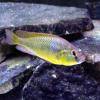 Burton’s
Burton’s 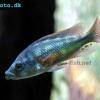 Victoria
Victoria 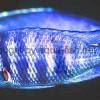 Haplochromis
Haplochromis 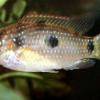 Jewel
Jewel 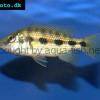 Banded
Banded 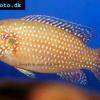 Lifalili
Lifalili 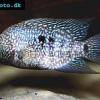 Lowland
Lowland 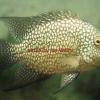 Texas
Texas 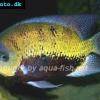 Pantano
Pantano 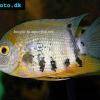 Severum
Severum 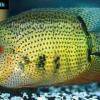 Banded
Banded 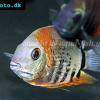 Severum
Severum 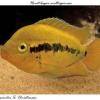 Rainbow
Rainbow 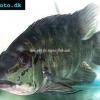 Parrot
Parrot 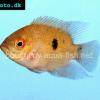 Chocolate
Chocolate 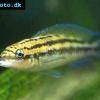 Brown
Brown 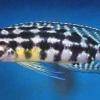 Marlieri
Marlieri 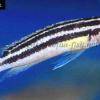 Golden
Golden 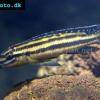 Striped
Striped 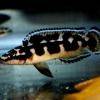 Masked
Masked 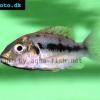 Konye
Konye 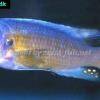 Blue
Blue 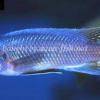 Trewavas
Trewavas 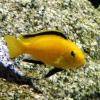 Electric
Electric 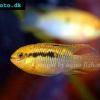 Dwarf
Dwarf 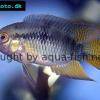 Redbreast
Redbreast 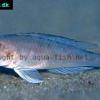 Lamprologus
Lamprologus 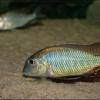 Greenface
Greenface 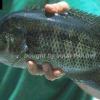 Mayan
Mayan 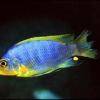 Aurora
Aurora 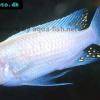 Blue
Blue 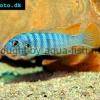 William’s
William’s 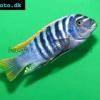 Zebra
Zebra 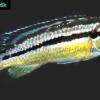 Malawi
Malawi 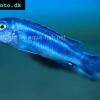 Blue
Blue 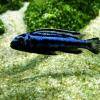 Blue
Blue 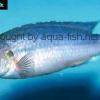 Mbuna
Mbuna 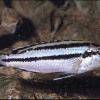 Parallel
Parallel 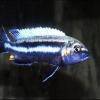 Purple
Purple 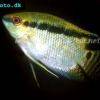 Flag
Flag 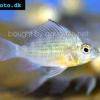 Bolivian
Bolivian 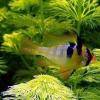 Ram
Ram 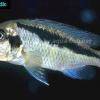 Basket
Basket 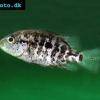 Haitian
Haitian 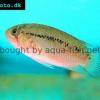 Zebra
Zebra 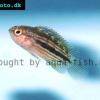 Striped
Striped 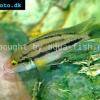 Neolamprologus
Neolamprologus 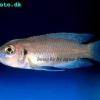 Brevis
Brevis 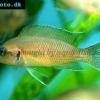 Fairy
Fairy 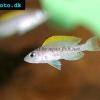 Neolamprologus
Neolamprologus 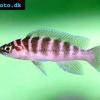 Cylindricus
Cylindricus 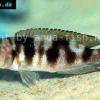 Hecq’s
Hecq’s 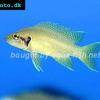 Neolamprologus
Neolamprologus 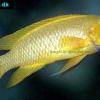 Lemon
Lemon 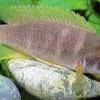 Mustax
Mustax 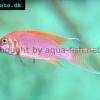 Daffodil
Daffodil 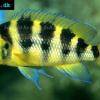 Six-bar
Six-bar 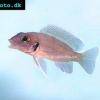 Five-bar
Five-bar 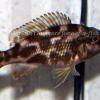 Marbled
Marbled 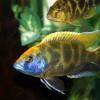 Giraffe
Giraffe 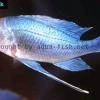 Blue
Blue 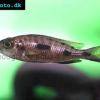 Sulphurhead
Sulphurhead 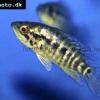 Wolf
Wolf 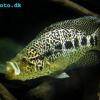 Jaguar
Jaguar 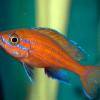 Blue
Blue 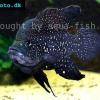 Marakeli
Marakeli 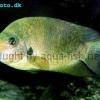 Madagascar
Madagascar 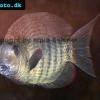 Pinstripe
Pinstripe 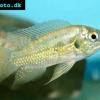 Pelmatochromis
Pelmatochromis 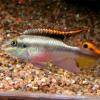 Kribensis
Kribensis 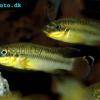 Striped
Striped 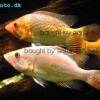 Red
Red 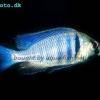 Deepwater
Deepwater 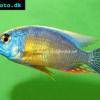 Fenestratus
Fenestratus 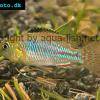 Nichols’
Nichols’ 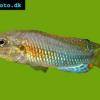 Southern
Southern 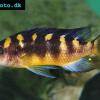 Bumble
Bumble 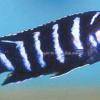 Demason’s
Demason’s 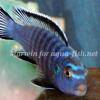 Slender
Slender 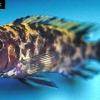 Red
Red 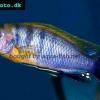 Mbuna
Mbuna 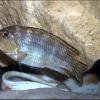 Malawi
Malawi 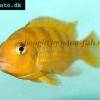 Kenyi
Kenyi 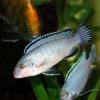 Powder
Powder 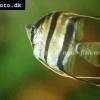 Altum
Altum 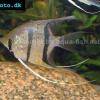 Angelfish
Angelfish 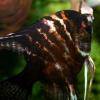 Angelfish
Angelfish 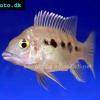 East
East 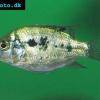 Juba
Juba 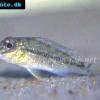 Earth
Earth 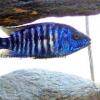 Electric
Electric 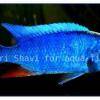 Azure
Azure 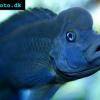 Lionhead
Lionhead 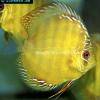 Discus
Discus 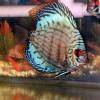 Blue
Blue 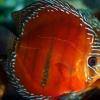 Red
Red 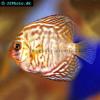 Zebra
Zebra 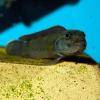 Brichard’s
Brichard’s 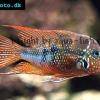 Blue
Blue 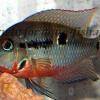 Firemouth
Firemouth 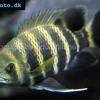 Zebra
Zebra 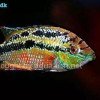 Yellow
Yellow 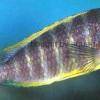 Blue
Blue 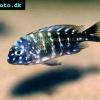 Dwarf
Dwarf 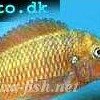 Blunthead
Blunthead 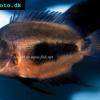 The
The 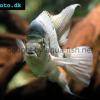 White
White 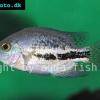 Twoband
Twoband 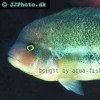 Fenestratus
Fenestratus 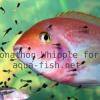 Window
Window 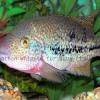 Tailbar
Tailbar 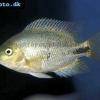 Black
Black 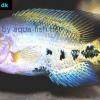 Redhead
Redhead 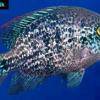 Oaxaca
Oaxaca 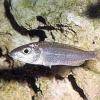 Xenotilapia
Xenotilapia